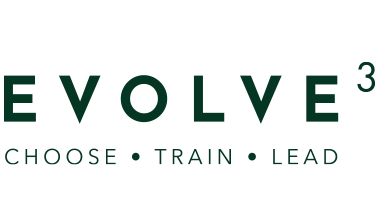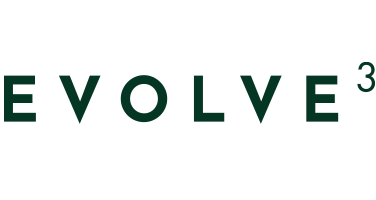
28 May Have you noticed? AI strikes again
Over the past year, I’ve noticed a dramatic improvement in the average quality of written communication among many of the team leaders and managers I mentor —particularly those with English as a second language. Many, especially chefs who have often focused more on culinary skills than communication, are now producing clear, professional, and grammatically accurate training documents, reports, and other written management communication. This improvement appears to coincide with the growing use of generative AI tools such as ChatGPT, which offer accessible and efficient support for language-related tasks.
So, I started asking. And yes, many responded that they’re using AI tools to improve their writing. It helps non-native English speakers overcome language barriers by correcting grammar, suggesting professional phrasing, and ensuring a more formal tone when needed. This can greatly reduce the anxiety or hesitation some may feel when required to communicate in writing with upper management, colleagues, or trainees. The result can be a more empowered and confident leadership team.
Clear, structured communication improves team cohesion, supports onboarding processes, and enhances compliance with safety and quality standards. The profit margins in hospitality can be very tight. The ability to quickly draft or refine documents using AI also boosts efficiency & productivity.
However, be careful:
• Overreliance on AI tools may discourage staff from developing their own writing skills, particularly if they view AI tools as a crutch rather than a support.
• There’s the risk that the ‘author’ who created what appears to be high quality written content doesn’t understand what they’ve ‘written’.
• Additionally, AI-generated text, while often accurate and fluent, may not always reflect the nuance of specific workplace contexts, leading to miscommunication if content is copied without sufficient review.
• There’s also the risk of a “flattening” of individual voice and cultural expression if all communications begin to sound overly polished or generic.
Takeaway: while these tools can be helpful in lifting communication standards among non-native English-speakers on your team, their use should be accompanied by careful mentoring and oversight. When integrated thoughtfully, it can enhance inclusivity, efficiency, and leadership confidence across a diverse workforce.



